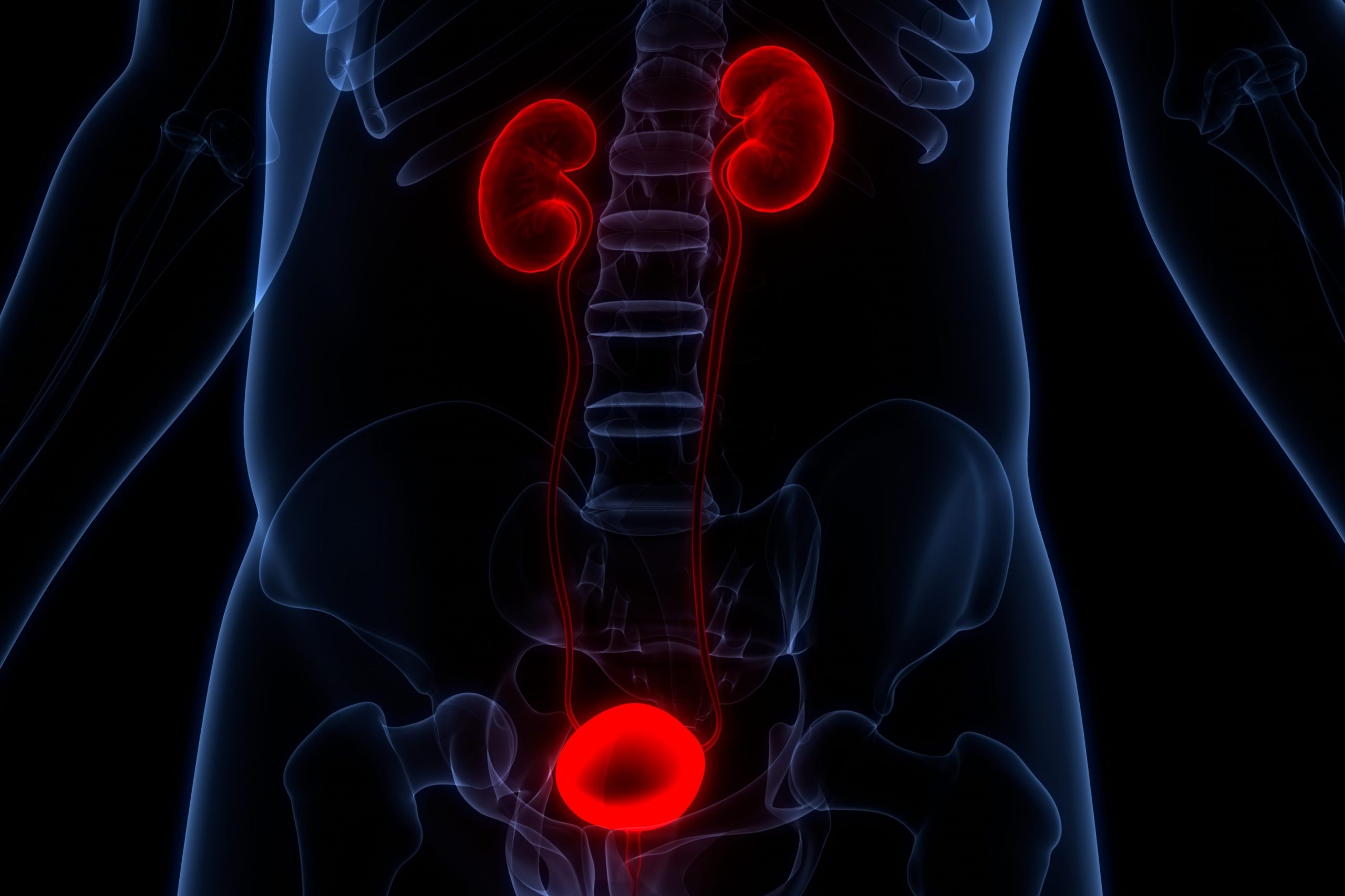
What are the symptoms of urethritis and how is it treated?
Urethritis refers to acute and chronic inflammation of the urethra, a small channel that allows urine to pass from the bladder to the outside
It can be caused either by bacteria or by protozoa, multi-cellular parasites that are more difficult to identify in males.
There are different forms of urethritis: the most frequent and best known is certainly gonorrhoea, a sexually transmitted infection. But how is it recognised and, above all, how is it treated?
What is the urethra and what is its function?
The urethra is a virtual canal, a tubular structure that allows the elimination of urine, the most important of the body’s excretions.
It is equipped with an ingenious system of bulkheads (sphincters) that allow emission control.
Other liquid compounds also pass through it: sperm and the emission of Cowper’s glands.
There are therefore small holes in the canal (otricles) from which these substances are emitted and which can also be the access point for pathological microorganisms that colonise the glandular structures.
It is here that infections, such as urethritis, can originate.
Types of urethritis
There are different types of urethritis, the best known of which has various names: gonorrhoea, blenorrhoea, scole.
Symptoms of gonorrhoea
Dreaded because it is painful, in most cases, the symptoms consist of:
- intense burning, to the point of making urination difficult;
- greenish yellow discharge, also very abundant (hence the name clap).
Less important symptoms with reduced, whitish discharge and moderate burning are more typical of infections due to different microorganisms.
Causes of urethritis
Gonorrhoea is caused by a fairly characteristic bacterium, formed by 2 ovoid structures close together to form something very similar to a coffee bean and, for this reason, is also called diplococcus, always present in large quantities in pus.
On the horizon of sexually active persons, urethritis caused by Chlamydia and mycoplasmas, including ureaplasma, have made their way in. Increasingly common, these are very small bacterial forms that can only live inside the host cell and are much more devious.
A less common urethritis is that induced by trichomonas vaginalis, which is inevitably more common in the female sex.
In men, it induces non-specific symptoms, like those described for the other urethritis, unlike which, due to the mode of infection, intercourse other than properly vaginal (oral, anal) is less incriminating. In this case, it is not a bacterium, but a true multi-cellular parasite (protozoan).
It must also be remembered that infections often coexist with more serious diseases, in particular syphilis and acquired immunodeficiency virus (HIV), as people infected with these diseases are rendered more fragile.
Diagnosis of urethritis
The diagnosis of gonorrhoea is relatively simple and consists of staining pus-filled slides with Gram’s dye, which highlights typical coffee bean-shaped Neisser’s diplococci.
It should be noted that sexual promiscuity has made the disease more frequent.
In addition, the intensive use of antibiotics has made it more resistant and insidious, changing the characteristics of the purulent emission to such an extent that the host can, for a long period, continue its sexual practices without knowing that it is ill: 20% of males and 50% of females are little or not symptomatic.
For chlamydia and mycoplasmas, the urethral swab is undoubtedly the most reliable, even if it is sometimes necessary to resort to molecular biology practices that identify bacterial DNA.
As for Trichomonas, it is more difficult to identify in males: it is often detectable in the microscopic examination of urinary sediment (urine tests).
While microscopic examination of genital and urethral secretions or gynaecological examination is useful for diagnosis in women.
How to treat urethritis
Misdiagnosed and often chronic gonorrhoea, in the pre-antibiotic era, was treated by hand and, often, the cure was worse than the disease until the discovery of sulphonamides and later, in the 1950s-60s, penicillin.
The poorly treated disease can also cause urethral obstruction (stenosis), infection of the testicles, prostate, ovaries, uterus and the eyes of infants, infected at the time of birth.
In the past it caused blindness until the discovery of routine prophylaxis, first with a 1% silver nitrate solution, today with antibiotics.
For the treatment of the disease, today we have cephalosporins and quinolones.
For other forms of bacteria, tetracyclines and quinolonics are effective, while for trichomonas metronidazole is still used today.
Some things to remember
Do not forget that the different forms of urethritis have changed a little and often the symptoms are less striking and can be confused and underestimated. It is important to be able to at least suspect them and to contact a specialist to treat them appropriately.
All the urethritis described can cause infertility in both males and females: so less promiscuity, protected intercourse and do not neglect the symptoms.
Read Also:
Emergency Live Even More…Live: Download The New Free App Of Your Newspaper For IOS And Android
Vulvodynia: What Are The Symptoms And How To Treat It
What Is Vulvodynia? Symptoms, Diagnosis And Treatment: Talk To The Expert
Accumulation Of Fluid In The Peritoneal Cavity: Possible Causes And Symptoms Of Ascites
Accumulation Of Fluid In The Peritoneal Cavity: Possible Causes And Symptoms Of Ascites
What’s Causing Your Abdominal Pain And How To Treat It
Pelvic Varicocele: What It Is And How To Recognise The Symptoms
Can Endometriosis Cause Infertility?
Transvaginal Ultrasound: How It Works And Why It Is Important
Candida Albicans And Other Forms Of Vaginitis: Symptoms, Causes And Treatment
What Is Vulvovaginitis? Symptoms, Diagnosis And Treatment
Vaginal Infections: What Are The Symptoms?
Chlamydia: What Are The Symptoms And How To Treat It
Chlamydia, Symptoms And Prevention Of A Silent And Dangerous Infection


